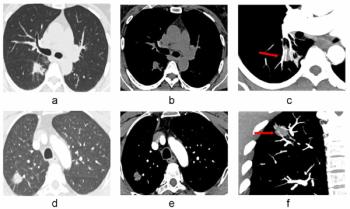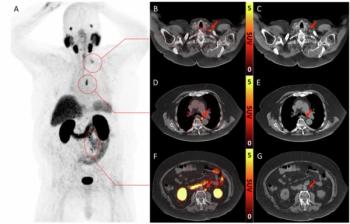
Look smart: Workstation macro eliminates distractions
Icon clutter that can distract and confuse radiologists using PACS workstations has been addressed in a new study.The paper (J Digit Imaging, DOI: 10.1007/s10278-002-5078-x, published Online: 20 Mar
Icon clutter that can distract and confuse radiologists using PACS workstations has been addressed in a new study.
The paper (
The macro described performs three image manipulations:
- inverse gray-scale
- edge enhancement
- magnification
"One thing that workstation designers have not thought much about is where radiologists are placing their attention," said Dr. Ralph Koenker, a clinical professor of radiology at the University of California, San Francisco, and chief of radiology at Sutter Novato Medical Campus.
It's not practical in a busy clinical setting to perform all three manipulations manually on every case, even though they tend to enhance interpretation accuracy, he said.
"It slows radiologists down," said Koenker, who wrote the macro.
Following one click, the workstation performs the manipulations in 10 to 20 seconds, depending on the number of views in the study, allowing the radiologist to concentrate on the image instead of workstation operation.
Eye focus was not a problem before PACS. In the world of conventional film, where light boxes hang on every medical wall like opaque windows, it's a safe bet that when radiologists look at an image, anatomy is all they see.
One study (Acad Radiol 1997;4(3):177-182) confirmed this by placing a video camera over a light box to track radiologist eye movement. Nearly all of the focus was on image anatomy, largely because there was nothing else to look at.
The same study then placed the camera on a workstation and found that radiologists spent as much as 20% of their time looking at the workstation's icon tool bar.
"That's 20% of time that's not used as well as it could be," Koenker said. "Ideally, radiologists should spend 100% of their concentration and eye movement on the anatomy. That's why we designed the macro. Now the workstation does all the work."
The macro takes a giant step toward guaranteeing that radiologists see nothing but anatomy by removing everything else, including all icons, from the viewing screen during macro execution.
Newsletter
Stay at the forefront of radiology with the Diagnostic Imaging newsletter, delivering the latest news, clinical insights, and imaging advancements for today’s radiologists.






























